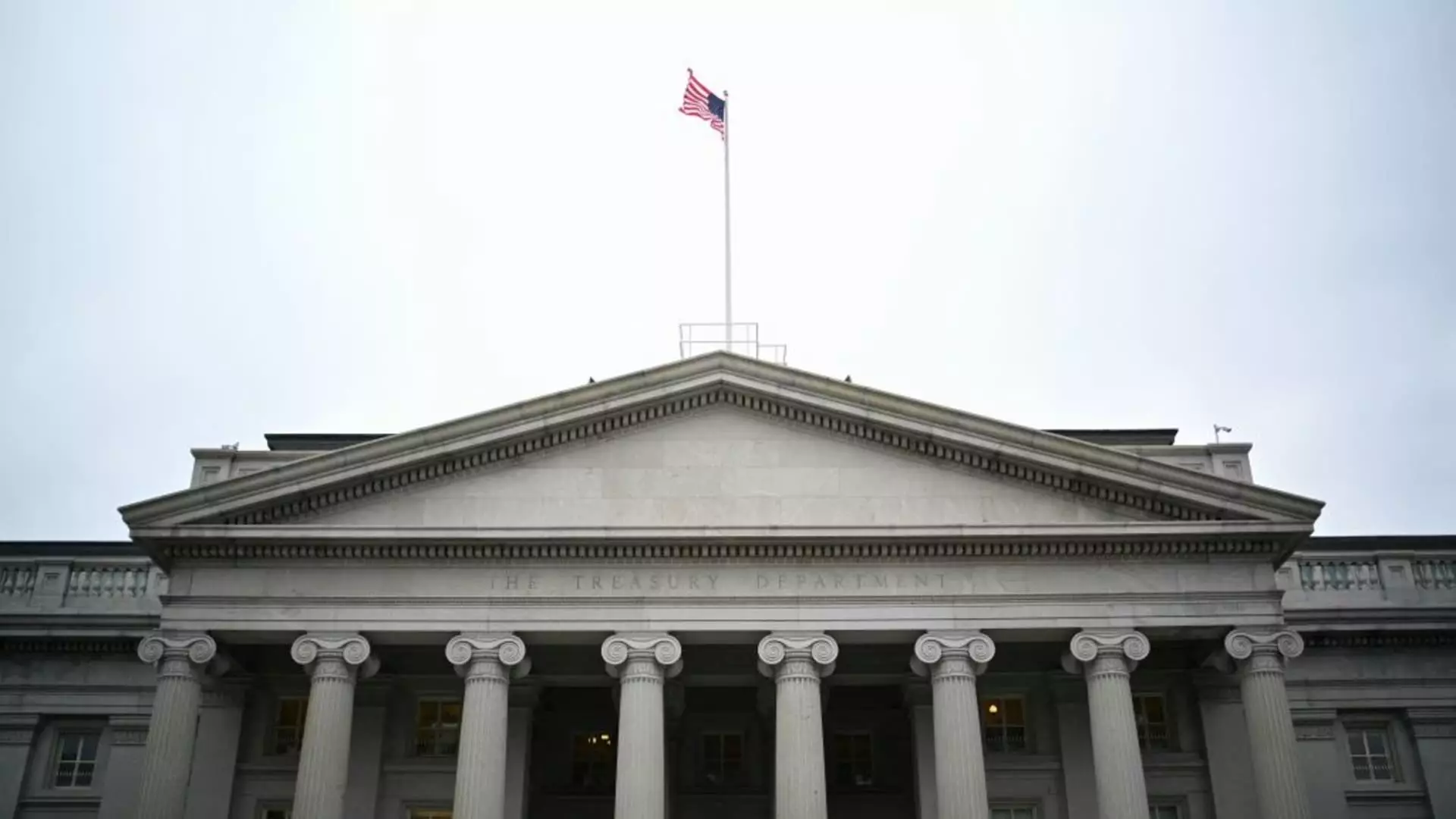The U.S. Department of the Treasury’s recent announcement regarding the Series I bond rates has brought forth a mixed bag of reactions from investors and financial analysts alike. From November 1, 2023, through April 30, 2025, newly purchased I bonds will yield an annual interest rate of 3.11%. This significant drop from the previously higher rates of 4.28% and 5.27% marks a notable shift in the bond’s value and attractiveness to investors who have been accustomed to obtaining higher returns until recently.
The new rate comprises two components: a variable rate of 1.90% and a fixed rate of 1.20%. Investors may find the fixed rate particularly intriguing, despite it being lower than the 1.3% announced in May. The fixed portion remains unchanged throughout the life of the bond, making it a steady source of income for long-term investors, who might appreciate the predictability it offers, especially in an increasingly volatile economic landscape.
Inflation plays a significant role in determining the variable portion of I bond rates, which adjusts every six months. Although the variable rate for new bonds is lower this period compared to past highs—in fact, it peaked at an exceptional 9.62% in May 2022—this change underscores the crucial interplay between inflation rates and the attractiveness of fixed-income investments. As inflation continues to influence economic planning, understanding these shifts is imperative for making informed investment decisions.
Historically, the Treasury updates I bond rates every May and November, providing a reference point for potential investors. The fluctuating nature of the variable rate, based on inflation, means that it remains constant for six months after purchase, even when new rates are announced. For seasoned investors, this aspect encourages careful consideration of when to buy I bonds, as the timing could impact overall returns significantly.
For instance, if an investor purchased I bonds in September, they would experience a transition when the variable component is recalibrated in March, Subsequently, an analysis of the fixed rate and its performance is critical for long-range investment strategies.
Despite dwindling rates, I bonds continue to hold appeal for those looking to secure a semblance of stability amidst economic fluctuations. Analysts argue that the bond’s fixed-rate component offers a reliable safeguard for long-term investors wary of the unpredictable nature of other investment vehicles. In this context, I bonds can act as a valuable tool in a diversified investment portfolio, balancing risk and return amid shifting economic conditions.
While the reduced yield presents a less enticing proposition, it also provides an opportunity for investment strategists to reflect on the shifting paradigms of fixed-income securities. The continuing evolution of I bond rates prompts investors to refine their strategies, ensuring an adaptive approach to navigating a changing economic landscape. Thus, while the new yields may seem less favorable, they still invite critical evaluation and strategization for savvy investors committed to long-term wealth building.

